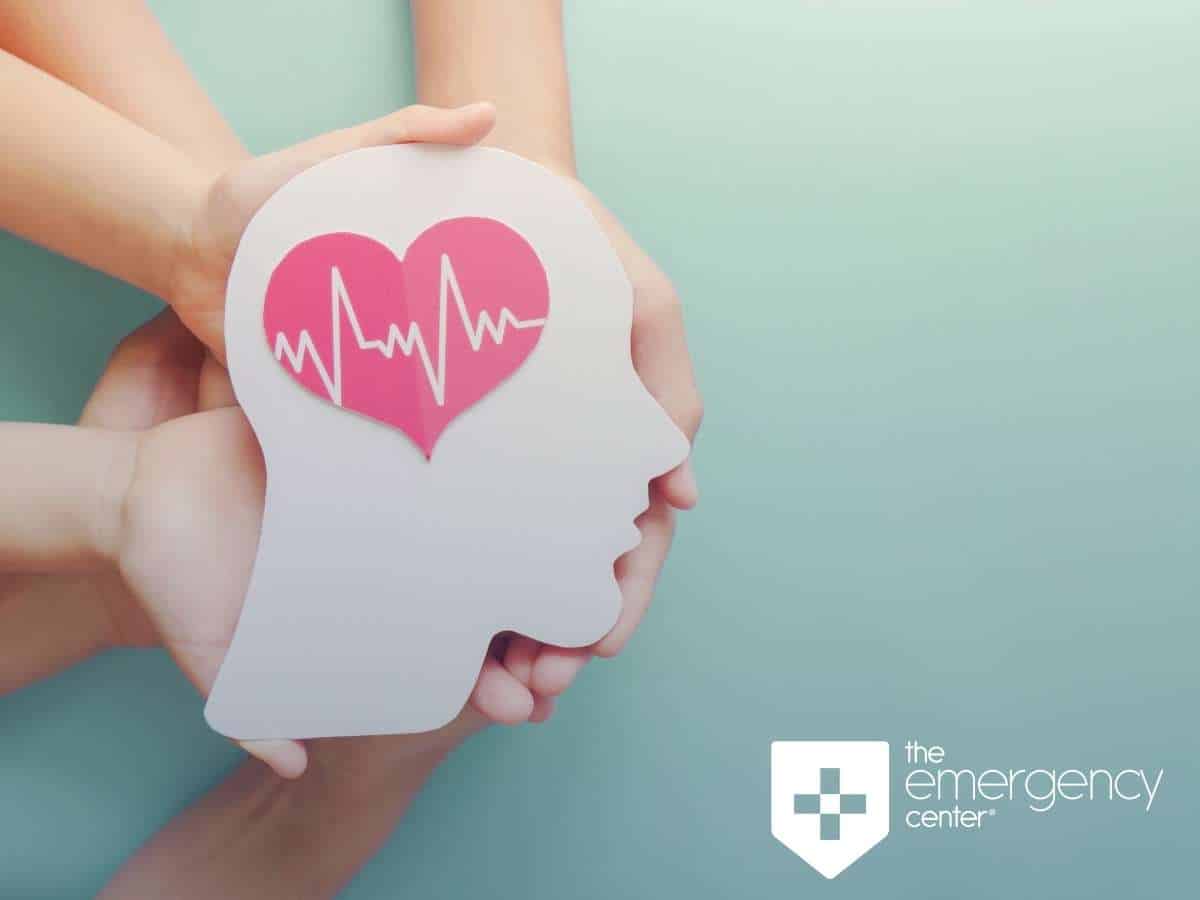A stroke happens when there is a sudden disturbance in the flow of blood to the brain. Vessels in the blood carry oxygen and other essential nutrients to the brain, and blood clots can interrupt this process. Strokes occur when either blood clots block blood flow to the brain or when a blood vessel bursts in the brain, and this condition can be fatal.
On average, stroke is the cause of around 140,000 deaths every year, which means it is responsible for one out of every twenty fatalities. Strokes are particularly unique medical conditions in that they occur suddenly and seemingly without cause or even warning. The National Stroke Association uses the month of May to educate people on how to ‘save a life’ in the event of someone suffering from a stroke.
Headaches and migraines can sometimes mimic stroke symptoms, especially when accompanied by sudden, intense pain, making it crucial to differentiate the two.

There are four different categories of stroke, and each one focuses on bleeds and three different types of clots.
People may refer to it as a mini-stroke, but a transient ischemic attack (T.I.A.) is still a serious stroke. It occurs when a temporary clot briefly blocks the blood supply to the brain. While the event may only last for a few minutes, it may still serve as a warning sign that a more severe stroke may occur.
A blood clot, or thrombus, is the cause of an ischemic stroke. These strokes make up the vast majority of strokes, accounting for almost 90% of them. The stroke most often occurs due to atherosclerosis, a condition in which fatty deposits within the vessels obstruct blood flow. There are two types of these occurrences. The first one, called cerebral thrombosis, is a clot that develops within a blood vessel of the brain. The second, called a cerebral embolism, happens when a thrombus develops in a different part of the body, such as the circulatory system. The clot breaks free and travels in the bloodstream into the brain, where it obstructs blood flow in a vessel.
While most strokes happen due to blood clots, other strange events can happen, which can cause a stroke. Doctors call these phenomena cryptogenic strokes, and their causes are unknown. In other words, doctors cannot determine why someone has suffered from a stroke.
When one or more blood vessels rupture in the brain, medical professionals call it a hemorrhagic stroke. The ruptured vessel causes blood to spill into the brain, causing damaging pressure to the outer layer of brain tissue.
The National Stroke Association suggests that, when taking immediate action, 80% of strokes are preventable. The best way to react to someone having a stroke is by remembering to act FAST. FAST is an acronym intended to inform an individual about the symptoms that occur when someone suffers from a stroke.
When someone experiences a stroke, a noticeable drooping of the face will occur. The drooping usually occurs on one side of the face, and the result is a noticeably crooked smile.
Sufferers from stroke will also have an immense weakness in the arms. The muscles in the arm(s) may become tense or numb, and the individual will lose the use of them.
Slurring of the speech also occurs during the sudden event of a stroke. The event can cause a person to mumble and stumble with their words. Stroke can often also lead to aphasia, a condition that impairs the ability to communicate. The disorder affects the ability to speak, read, write, and even listen, and it can be permanent.
If any or all of the previous indicators are happening, call 911 or seek medical attention immediately. How quickly a person reacts to someone suffering from a stroke makes all the difference. The victim must receive emergency medical attention as soon as possible. The longer it takes for them to get help, the more damage they suffer.
It is beneficial for everyone to take the time to understand the types of stroke and how quickly they can become fatal. More importantly, people need to learn to act FAST when dealing with someone who has suffered from a stroke. By using the FAST approach, there is a much higher chance that a stroke victim will survive such a sudden event. If you believe you or a loved one is having a stroke, come to The Emergency Center immediately.
The Emergency Center
San Antonio
11320 Alamo Ranch Pkwy
San Antonio, TX 78253
Phone: 210-485-3644
Conroe
4019 I-45 N,
Conroe, Texas 77304
Phone: 936-247-9457
Is your nausea more than just an upset stomach? Learn about the causes of nausea…
Experiencing numbness or tingling? Discover the causes and know when to seek emergency care for…
Experiencing abdominal pain? Learn what it could mean by location and when to visit the…
Is your skin redness a sign of something serious? Learn about different types of skin…
Why are ER wait times so long? An emergency room physician explains key delays and…
Are you aware of the dangers of carbon monoxide? Learn prevention tips, symptoms, and how…